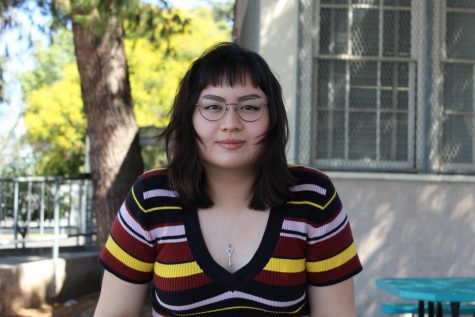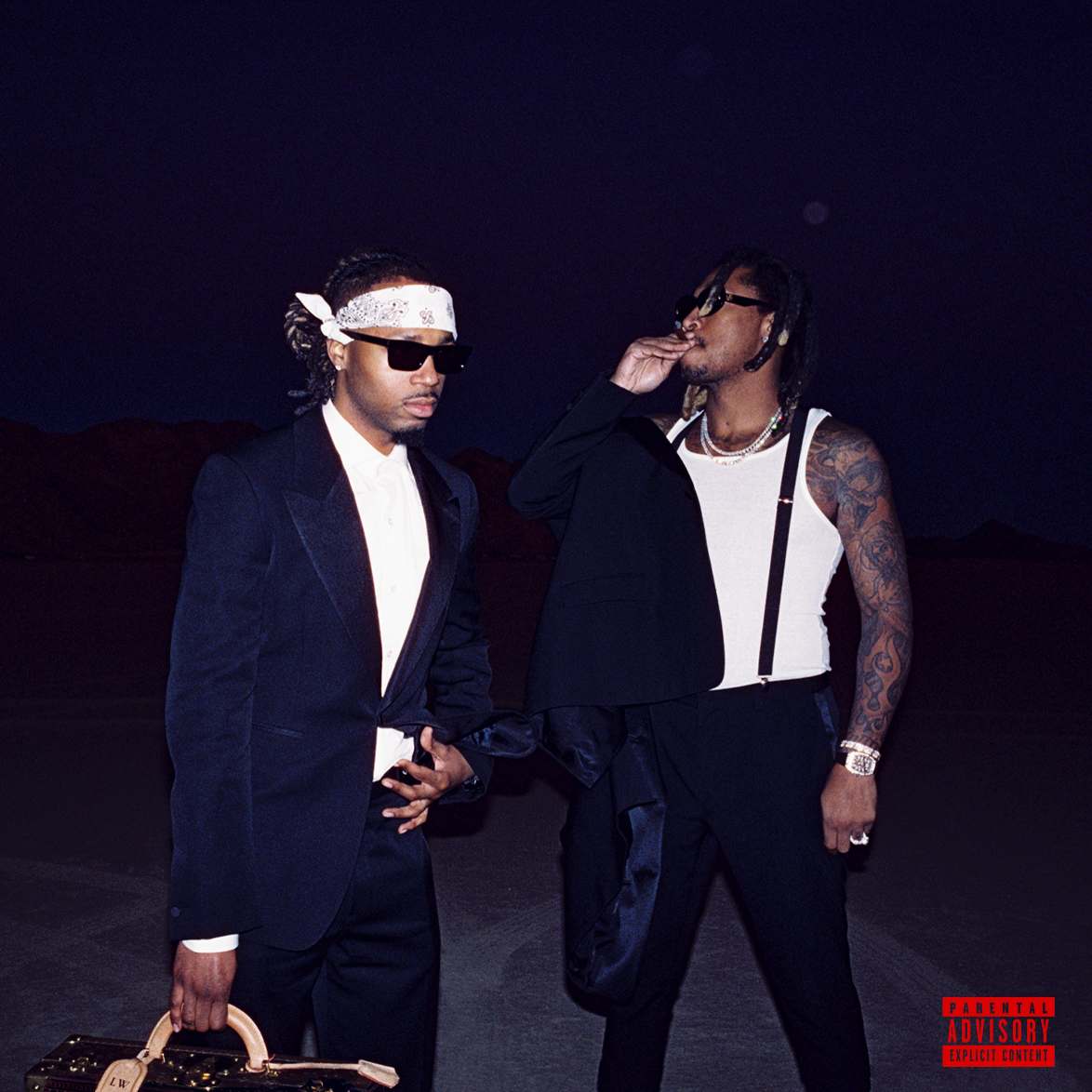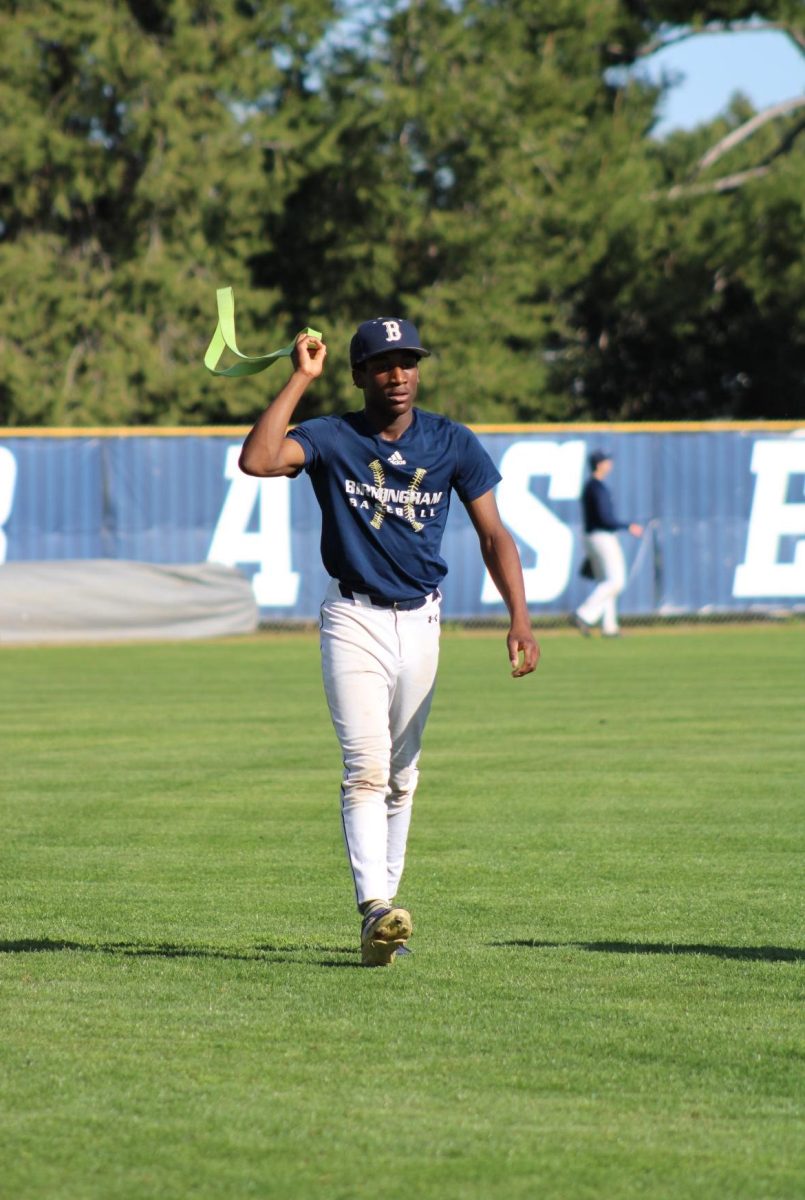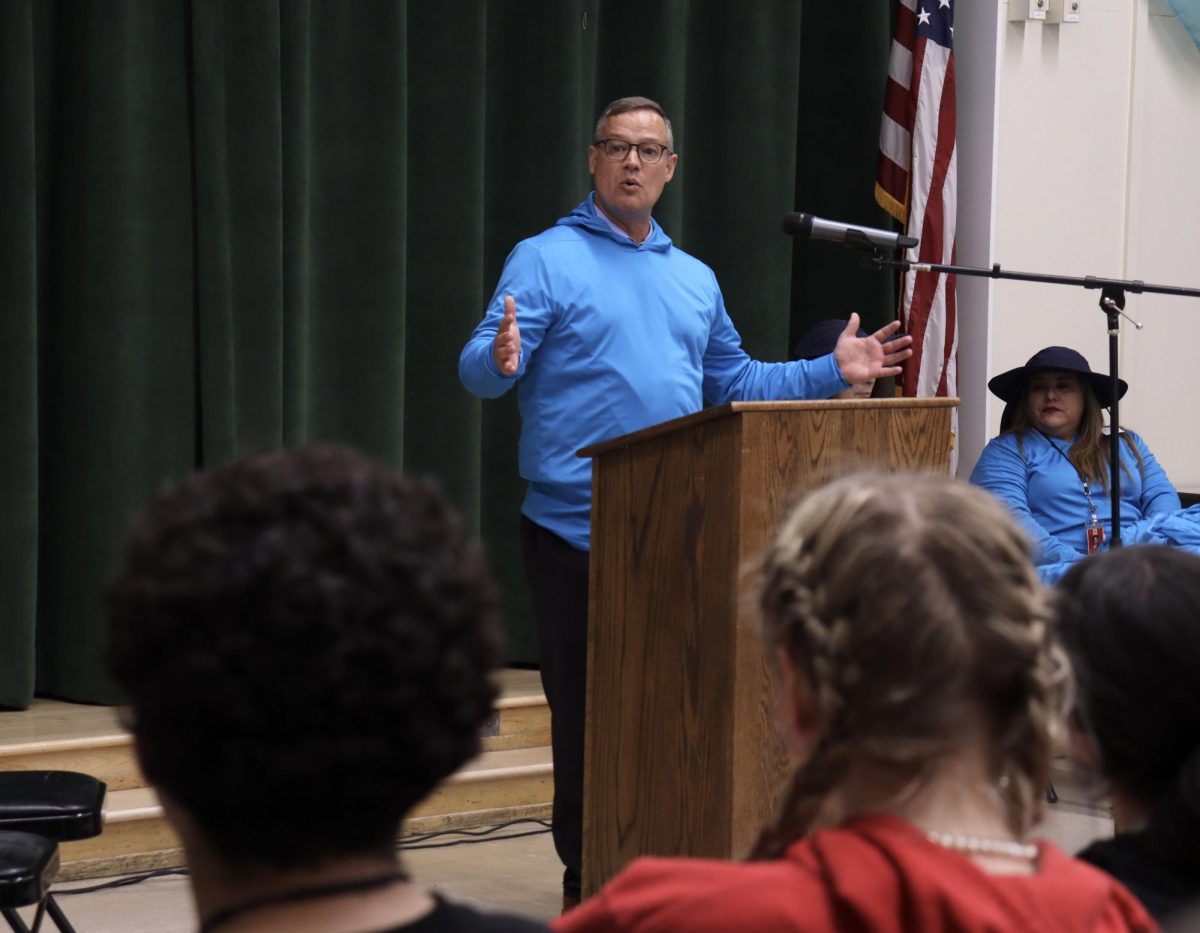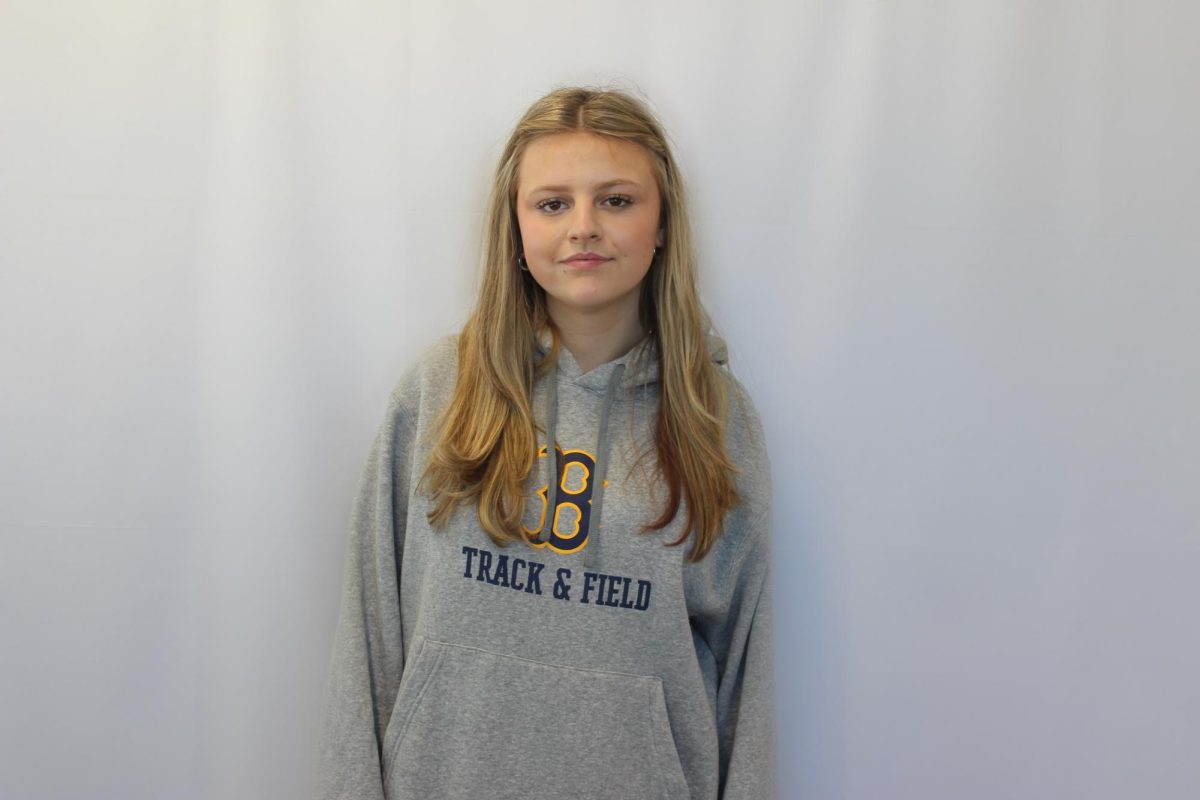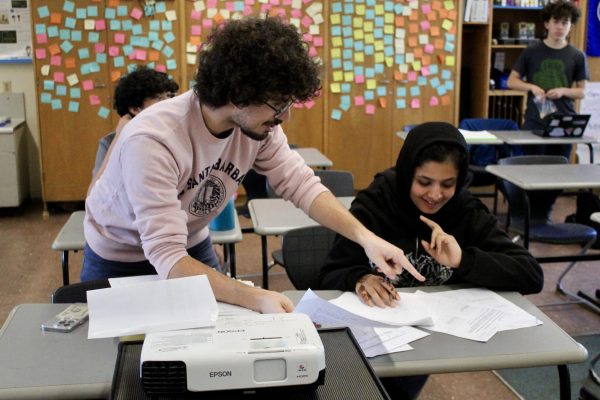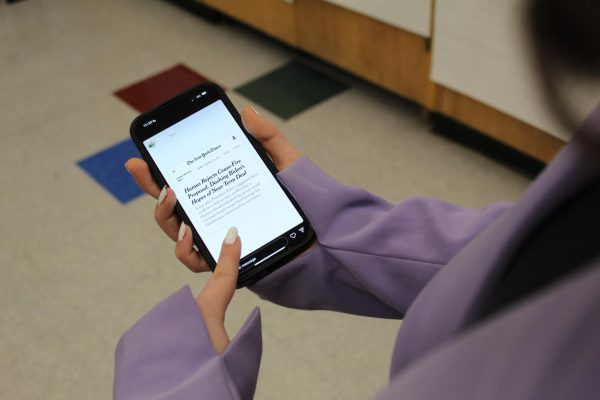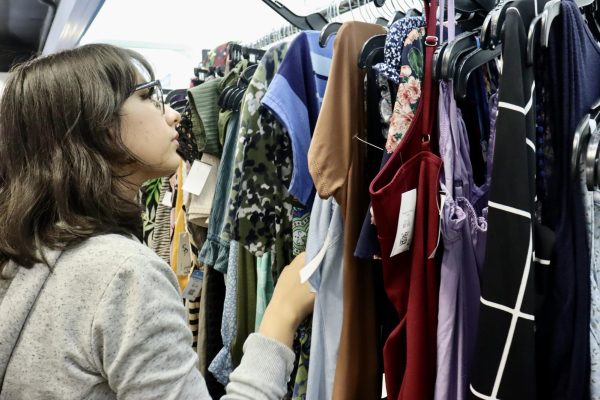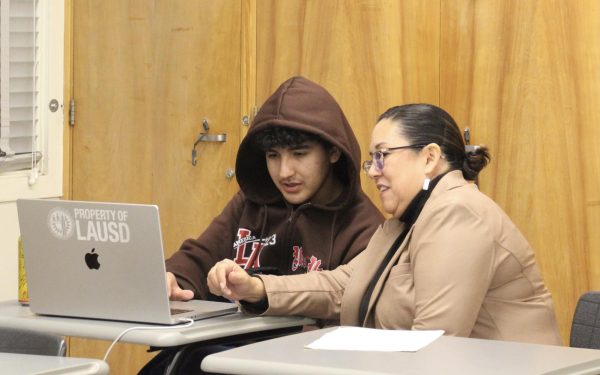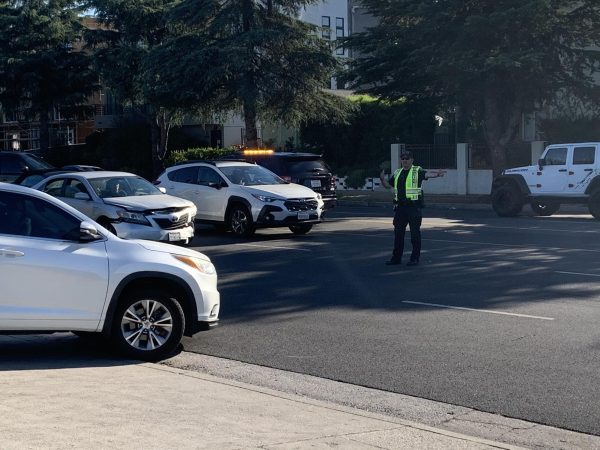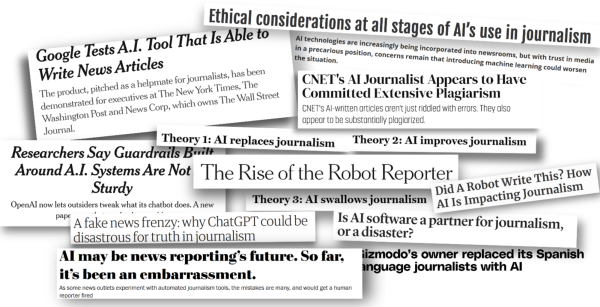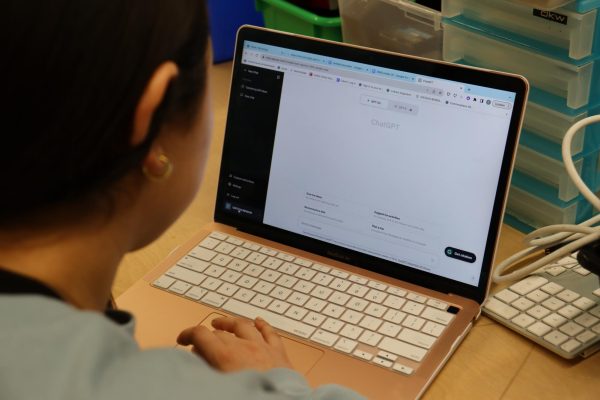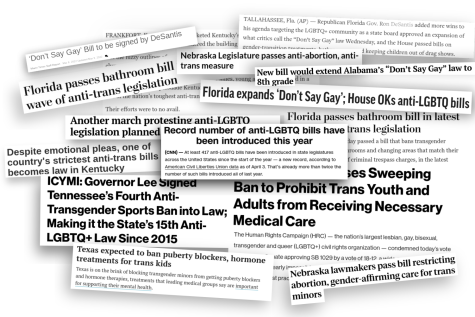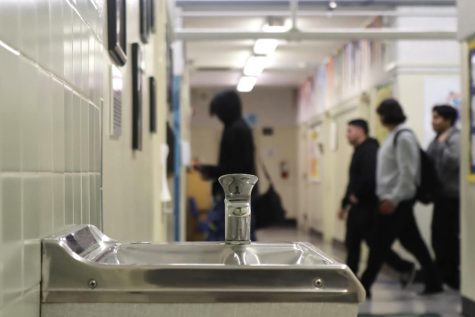Mass shootings bring gun control to forefront
December 15, 2017
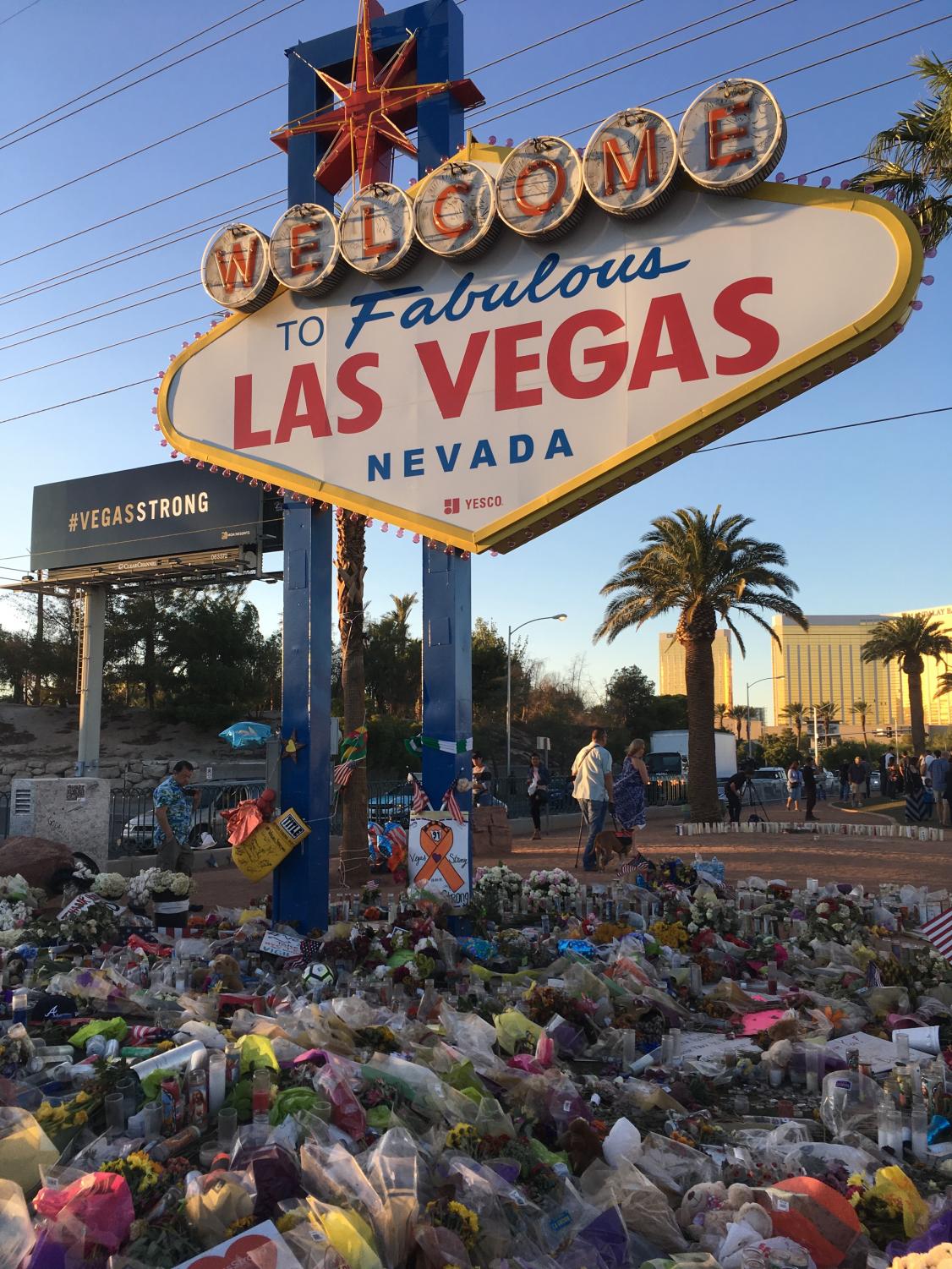
Within just 36 days of each other, two out of the five deadliest shootings in the U.S. took place, sparking a larger argument on gun control and campus safety throughout the nation. Despite these shootings, many students feel safe at school.
“It’s a small school and you know a lot of people,” sophomore Marjina Haque said. “I think I have the privilege of feeling safe.”
Daniel Pearl Magnet High School is small, so in turn it lacks a campus officer. School district police officers occasionally monitor but do not watch over the school daily. The school gates are the first line of protection, though they are usually only locked when the school closes.
“Anyone can really just walk in,” junior William Reeves said. “But also, who’s going to come here and try something like that anyway?”
The two recent mass shootings were in places where people least expected a shooting to occur: a concert and church. On Oct. 1, 64-year-old Stephen Craig Paddock injured 604 people and killed 58 at the Harvest Music Festival.
A month later, 26-year-old Devin Patrick Kelley attacked the First Baptist Church inSutherland Springs, injuring 46 people and killing 26. These massacres further proved that danger can lurk in the most unexpected places.
Every day, the school is required to wand students with a metal detector and conduct random locker searches in order to protect students from possible danger, as instructed by the district.
Other schools across the country have taken harsher measures in order to keep a close eye on suspicious activity. The most controversial of these measures is the use of tasers. In 2014, a 17-year-old student at Cedar Creek High School in Texas was knocked backward by a taser. He hit his head, causing him to suffer a severe brain hemorrhage and a coma. Students and staff at DPMHS feel that these kind of measures are unnecessary and cruel.
“I think that schools are education institutions and not criminal institutions,” Magnet Coordinator Nicole Bootel said. “There needs to be safety but I don’t think that academic staff need to be armed.”
Although shootings have been seen in high schools, many additionally occur in elementary schools and universities. According to everytownresearch.org, a website about gun safety in America, at least 52 schools faced instances regarding guns during 2017.
“I worry more for my child in university more than the one in high school,” said Toni Barajas, who works in parent outreach for the school’s PTSA.
In California, permits are not required when purchasing long firearms along the lines of rifles and shotguns. They are only mandatory for firearms that are considered assault weapons, such as a handgun. Federal law however, requires a background check for anyone obtaining a gun license.
“It’s the accessibility, you know?” Haque said. “It’s easy to just buy a machine gun and go shoot up a school. Like, they’re able to do it and I feel that plays a big role in why it’s so frequent.”
Twitter: @ thatbigseal
Twitter: @ uhlenbug


